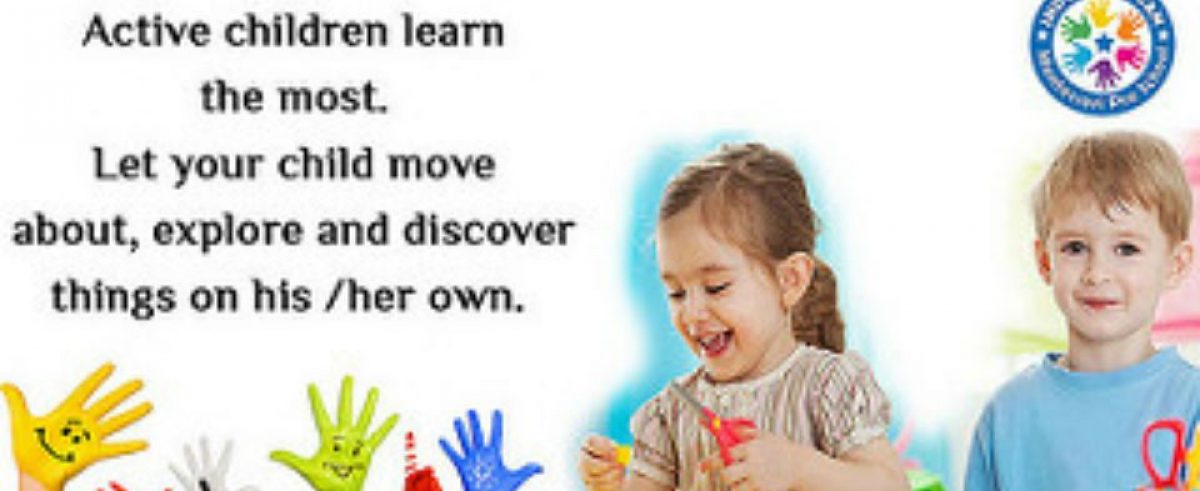Suzanne Zeedyk is a current theorist who explores the study of neuroscience. Zeedyk explains how important the pre-birth stage is as well as the development outside the womb and stressed that development of the brain doesn’t stop when children are aged 3 within her Youtube clip. Suzanne Zeedyk believes neuroscience helps babies brains function properly and development continues to help children gain new skills, knowledge and to be able to cope with positive and negative relationships, Zeedyk explains in the Youtbube clip that brains will develop depending on the relationships they have with family members, she goes into further detail and explains some children experience living in household that have domestic violence and the brain will learn how to cope with threatening environments as it will monitor threats which cause child’s brains to have a mindset of ‘Who is going to shout next’ which leads children focusing on being stressed and worried leaving them unable to concentrate and focus on work tasks as some children see the world as a threatening place. Deedyk deeply explains that when the mind is stressed and in a state of worry, cortizone is realised which is why some children who have difficult lives at home are ‘unable to sit down and be quiet’. Children who feel anxious, stress and unable to cope are looking for ‘SaverTooth Tigers’ according to Suzanne Zeedyk, the tigers being people who protect and nuture those who feel these emotions. She believesemotional attachment evolves from inside the womb from babies hearing voices from the outer world and then be able to have skin on skin contact with their mother’s which creates an attachment to allow babies to feel loved and safe. This feeling grows through-out later life because parents can be seen as comfort when their child is faced with harm or fear. Emotional connections between a parent and a child allows the child to feel safe and emotional connection grows when they have strong, positive interactions with one another.
From watching the Youtube clip with eyes of a practitioner going into placement and in the near future having my own class, I have understood the background as to why some children don’t have the ability to concentrate for long periods of time as well as why some children may be late. This allows me to be cautions of keeping children for too long on the carpet and instead having shorter periods sitting as a whole class and having more activity-based lessons. I have also learned from the video and through lectures that raising your voice to get the class attention isn’t the most effective way of communication and some children leave a home environment where shouting is the ‘norm’ and children don’t want to experience this within a classroom where they should feel safe and secure.

